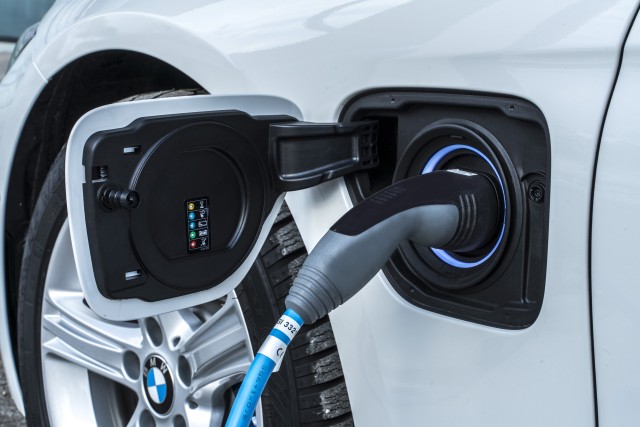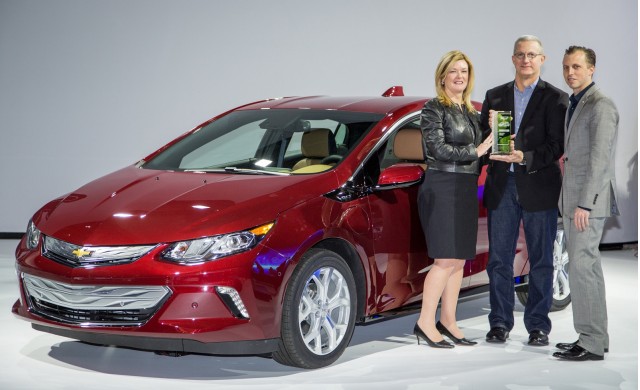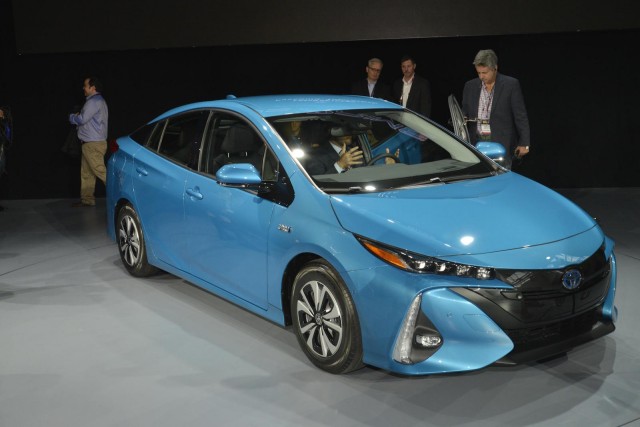What's an electric car? It's a car powered by a battery, like your cellphone. Doesn't use gasoline.
What's a hybrid car? It's a car that runs on gasoline, but gets better fuel economy (whether or not you understand how).
OK, so what's a plug-in hybrid?
Ask average car buyers that, and they'll almost certainly look puzzled.
When you explain that it's a car that runs as a hybrid (better fuel economy!) and also plugs in, but only offers 14 to 53 miles of rated range, the confusion worsens.
Why would you want an electric car with that little range? Wouldn't that leave you stranded?

2017 BMW 330e i Performance
Alternatively, why would you want a hybrid that also has a plug? They get perfectly good fuel economy as it is; what good is plugging it in? Especially for only 14 miles?
This, in a nutshell, is the problem that plug-in hybrids face in today's rapidly proliferating car marketplace.
Followers and advocates of green cars and advanced powertrain technologies understand the nuances. The entire rest of the world doesn't.
This was demonstrated most notably in the marketing for the first-generation Chevrolet Volt (35 miles of range, later raised to 38) and the Toyota Prius Plug-In Hybrid (11 miles of range, only 6 continuous).
The Volt had a convincing argument: four out of every five U.S. cars travel less than 40 miles a day, so you could run a Volt on electricity alone for the vast majority of most drivers' trips—without a shred of range anxiety.
But Chevy notably failed to boil that message down to a phrase or an image that resonated with the majority of its buyers.

GM's Pam Fletcher and Josh Tavel accept Green Car Reports 2016 Best Car To Buy award for 2016 Volt
In fact, the Volt brought new buyers to the brand, who the company admits often knew far more about the car than the salespeople at its franchised dealers.
Marketing for the plug-in Prius, meanwhile, seemed to focus on a decidedly mixed message.
"Yeah, you can plug it in if you want, if that's possible, which it often isn't," one ad seemed to suggest, "but whether or not you do, it's still the same high-mileage Prius you know and love."
In our eight-plus years of covering this beat, we haven't figured out how to explain plug-in hybrids either.
And the topic is worth reiterating as U.S., German, and Asian carmakers get ready to launch many more plug-in hybrid offshoots of their current models.
The topic is rarely covered in the general automotive press, but it will become more of a topic as launches of those cars loom larger.

2017 Toyota Prius Prime, 2016 New York Auto Show
A recent piece in trade journal Ward's Auto notes the major challenges, suggesting that the best way to market them may be as commuter cars that also work just fine for long hauls.
One indicator may be what kind of marketing themes are used for the upcoming 2017 Toyota Prius Prime, the 22-mile plug-in hybrid that will land at U.S. dealers late this year.
It promises to be a tough challenge for any automaker's marketing and advertising brains.




No comments:
Post a Comment